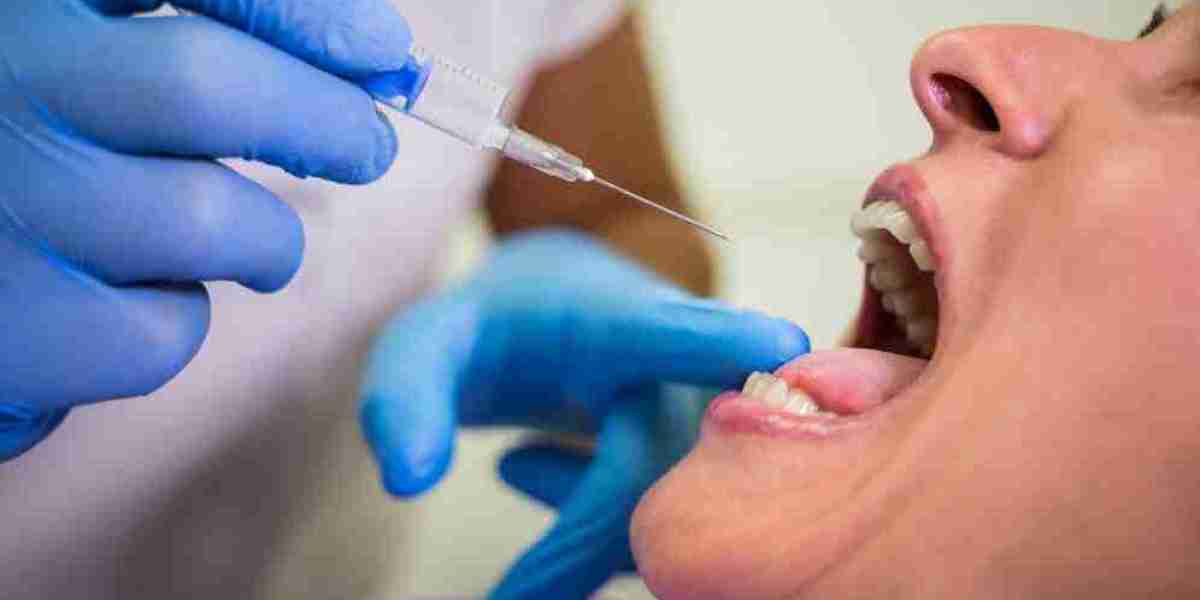The tooth regeneration market has shown tremendous promise, with breakthroughs in biotechnology, stem cell therapy, and regenerative medicine offering the potential to replace traditional dental treatments like implants and dentures. Despite these exciting advancements, the path to widespread adoption of tooth regeneration technologies is not without its challenges. From regulatory hurdles to high treatment costs, this article explores the key challenges hindering the growth of the tooth regeneration market and suggests possible solutions to overcome them.
Key Challenges Facing the Tooth Regeneration Market Growth
1. High Cost of Regenerative Treatments
One of the primary obstacles to the growth of the tooth regeneration market is the high cost of treatment. Technologies such as stem cell therapy, tissue engineering, and gene editing require sophisticated laboratory techniques, highly skilled personnel, and expensive materials. These factors increase the cost of regenerative treatments, making them less accessible to a broad demographic. Additionally, the lack of large-scale production methods for regenerative dental solutions contributes to their prohibitive cost. To drive market growth, companies must find ways to reduce production costs, perhaps through automation, improved techniques, or scaling up production.
2. Regulatory Challenges
Regulatory approval for regenerative dental treatments remains one of the most significant barriers to market growth. Stem cell therapies, gene editing, and tissue engineering are all considered novel medical technologies, and the regulatory process for such treatments is complex and time-consuming. Regulatory bodies like the FDA and EMA require extensive clinical trials to ensure the safety and efficacy of these treatments before they can be introduced to the market. These trials are not only costly but can take years to complete, delaying the availability of new treatments. Companies will need to work closely with regulatory agencies to streamline approval processes and address safety concerns.
3. Technical Complexity of Regenerating Teeth
The process of regenerating a full, functional tooth is a highly complex task. Teeth are intricate structures composed of enamel, dentin, pulp, and other tissues, each with distinct properties. Replicating the entire structure of a tooth, while ensuring it functions as effectively as a natural tooth, presents a significant technical challenge. Current research has made great strides in regenerating individual tissues like dentin or enamel, but the complete regeneration of a tooth remains elusive. The complexity of the task increases the time and resources required for development, making it difficult to achieve predictable and reliable outcomes.
4. Ethical Concerns with Stem Cell and Gene Editing Technologies
The use of stem cells and gene editing in regenerative dentistry raises several ethical concerns. For instance, stem cell therapies often involve harvesting cells from human donors, which can raise ethical questions about consent, especially when using embryonic stem cells. Additionally, gene editing technologies like CRISPR, while holding great promise, come with concerns about the unintended consequences of altering the human genome. Public perception of these technologies will play a crucial role in their acceptance and widespread use. Companies will need to address these ethical issues transparently to gain the trust of both consumers and regulators.
5. Lack of Public Awareness and Education
Despite the potential benefits of tooth regeneration technologies, many consumers and even dental professionals remain unaware of these advancements. Traditional dental treatments like implants and dentures are deeply entrenched in dental practices, and patients often default to these solutions. Educating both the general public and dental professionals about the availability and advantages of regenerative treatments is crucial for increasing market adoption. Companies must invest in awareness campaigns, collaborate with dental schools, and offer training for professionals to bridge the knowledge gap and accelerate the acceptance of regenerative solutions.
6. Limited Market Accessibility
While tooth regeneration treatments show great promise, their accessibility is limited by geographical and socioeconomic factors. In many regions, advanced dental care is not readily available, particularly in developing countries where access to specialized treatments is scarce. Even in developed countries, the high cost of regenerative therapies means that only a small segment of the population can afford them. Expanding access to these treatments through partnerships with healthcare providers, lowering treatment costs, and scaling up production can help reach a broader audience and encourage market growth.
7. Long Development Timelines
Regenerative dental technologies are still in the experimental stage, and the development timeline for bringing these innovations to market is lengthy. Research and development for tooth regeneration treatments can take years, even decades, to reach the point of commercialization. Additionally, extensive clinical trials are needed to demonstrate the safety and effectiveness of these treatments. The long development cycle increases the risk for investors and delays the widespread availability of these groundbreaking solutions. Accelerating the development timeline and improving the efficiency of research will be key to addressing this challenge.
8. Patient Acceptance and Trust
For tooth regeneration treatments to succeed in the market, patients must be convinced of their efficacy and safety. Many patients may be hesitant to opt for regenerative dental solutions due to concerns over their reliability, potential side effects, or unfamiliarity with the technology. Building trust through clinical success stories, patient testimonials, and transparent communication is essential. Companies must also provide clear information about the potential risks and benefits of these treatments to reassure patients and foster a positive perception of regenerative dentistry.
9. Competition from Traditional Dental Treatments
Traditional dental treatments such as implants, crowns, and dentures are well-established in the market, and many patients are satisfied with these options. Tooth regeneration technologies face competition from these time-tested treatments, which are often less expensive and widely available. To overcome this challenge, companies must emphasize the advantages of regenerative treatments, such as improved functionality, reduced need for maintenance, and a more natural solution. Differentiating regenerative dentistry from traditional options will be key to gaining market share.
10. Limited Reimbursement and Insurance Coverage
Another major challenge in the growth of the tooth regeneration market is the limited reimbursement and insurance coverage for regenerative dental treatments. Many insurance companies do not cover cutting-edge treatments, especially those considered experimental. As a result, patients may be unwilling to pay out of pocket for these expensive therapies. To drive adoption, companies must work with insurers to demonstrate the long-term cost savings and clinical benefits of regenerative solutions, encouraging broader coverage and reimbursement.
Conclusion
The tooth regeneration market holds immense potential, but several challenges must be addressed for it to reach its full growth potential. From high treatment costs to regulatory hurdles, technical complexities, and ethical concerns, overcoming these barriers requires a concerted effort from industry stakeholders. By investing in research and development, working to lower costs, educating consumers and professionals, and navigating regulatory processes, the market can achieve its transformative goals. As these challenges are met, tooth regeneration technologies have the potential to revolutionize the field of dental care, offering more natural, effective, and sustainable solutions for tooth loss and damage.




